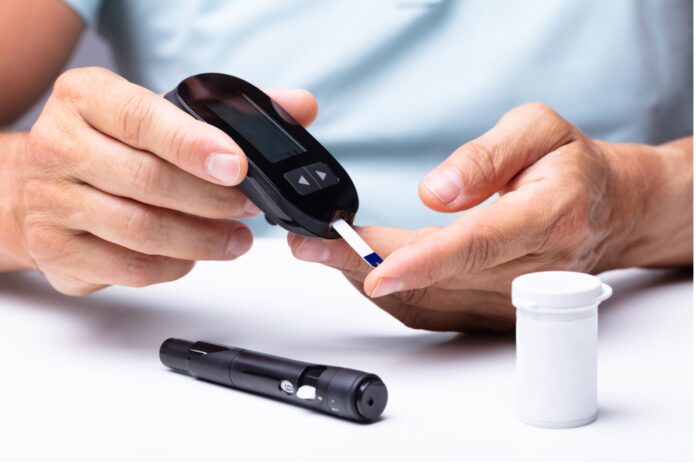Blood glucose monitoring is a vital element of tracking, controlling and monitoring diabetes. Knowing how to properly analyse your levels can alert you to if they have gone outside of your target range which, consequently, can prevent or assist in an emergency situation.
Furthermore, continued monitoring will help you track your levels as time goes on, helping you and your doctor have a greater understanding of your condition, as well as knowing what to eat, what medications to take and what kind of exercise can assist with your diabetes.
Numerous medical advancements allow you to test your levels on the go, with an at-home kit that is as high quality as any you would find at the GP’s office.
Here are a few top tips for monitoring at home:
- Keep your kit the ready
Ensure that you have your blood glucose monitor, lancets, testing strips and swabs ready for whenever you might need to take a reading.
- Continue tracking your testing strips
Ensure that you continue to track your testing kits and that they are not expired. Expired strips often return incorrect results, and these will almost certainly affect your reading log’s accuracy, something which will, consequently, impede your treatment plan.
- Create a routine for your daily readings
Create a daily reading routine with the help of your doctor. They may suggest checking it before bedtime, before meals and whilst you are fasting. Each patient contains different reading requirements, so it is imperative to produce a schedule that works for your needs.
You can even purchase machines that alert you to when it’s time to take another reading so that you can always be on top of when it’s time to take another reading. Your specialist will help you understand the best times to take your readings, as they will likely be specific to your strategy.
- Ensure that your monitor is accurate
Typical instruments come with a control solution that allows you to tell the accuracy of your metre and strips. Furthermore, you can also take your metre to your GP or specialist, comparing their in-house machine with the results your instrument took to see if they are, in fact, accurate.
Having an accurate in-home reader is essential to ensuring your readings can help your specialist create the best treatment plan, so you want to ensure that your instrument is working at full capacity and providing the most accurate results possible.
- Don’t ever forget to log your results
There are numerous fantastic applications that allow you to track your readings every time you take one. You can also record the time of day when you took the measurement and align it with when you last ate. This information is vital for assisting your doctor and helping them understand what may be pushing your levels to extremes.
- Ensure you practise safe injection strategies
As with any other medical process containing injections, there is always the risk of infection, so ensure that you follow safe injections practices when you take your daily measurement. This means avoiding sharing the equipment with other people, as well as ensuring that you clean and dry your finger after taking a measurement so that you don’t risk any blood spread in the general vicinity.
These six tips are imperative for taking accurate and hygienic daily readings. Remember, these readings are imperative for assisting your diabetes specialist in helping you fully understand your condition and thus provide the right treatment option.










